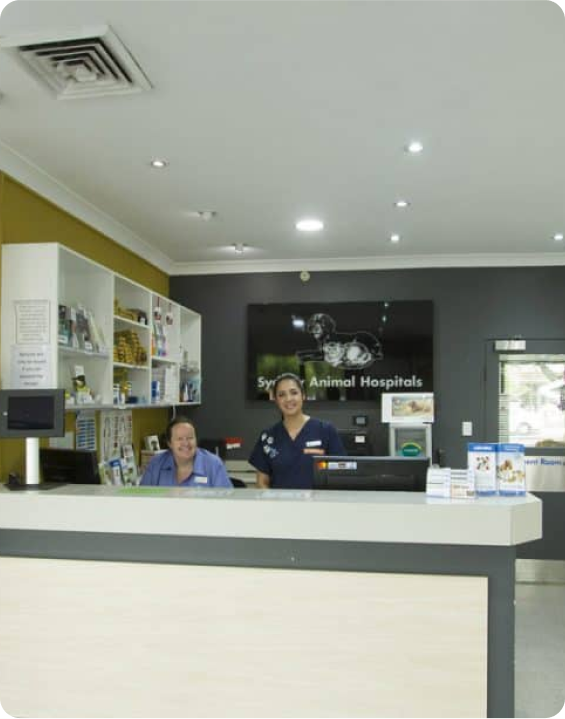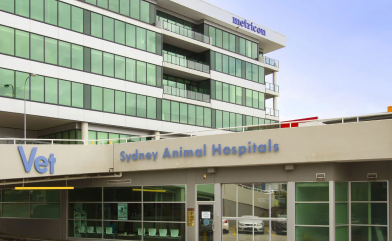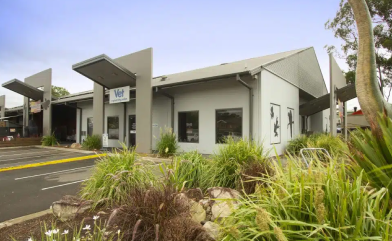JPS Surgery
Juvenile pubic symphysiodesis surgery is the most effective and minimally invasive way to prevent the development of
hip dysplasia in dogs as they age. Get in touch with the team at Sydney Bulldog Clinic to book an assessment today.
Give your pup the gift of pain-free movement for life!
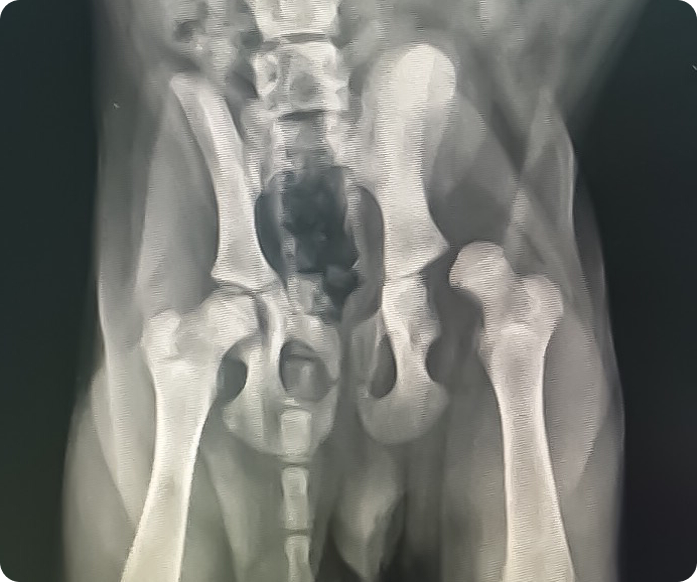
What Is Hip Dysplasia in Dogs?
Hip dysplasia is a chronic disease that causes the ‘ball and socket’ hip joint in a dog to develop abnormally—a shallow socket that the ball does not fit into properly. The loose joint is then susceptible to subluxation (a partial dislocation), causing discomfort and mobility issues. If left untreated, hip dysplasia leads to significant pain, lameness, and, over time, severe arthritis. At this point, an expensive, full hip replacement may be the only treatment option left if your dog is fit enough to undergo surgery.
The main cause of hip dysplasia is due to genetics, but rapid weight gain and growth or trauma/injury can also be contributing factors.
What Breeds Are Prone to Hip Dysplasia?
Although it is a condition commonly associated with large dogs, like Great Danes, German Shepherds, Labradors, and Golden Retrievers, it is known to affect small breeds, too. Candidates for JPS in dogs include Bulldogs, Boston Terriers, Pugs, and Cavalier King Charles Spaniels.
Signs of Hip Dysplasia in Dogs
Common symptoms of hip dysplasia in dogs include:
- Limping
- Weakness or wobbliness in the hind legs
- Pain in the hind legs
- Swaying gait
- Difficulty getting up from a sitting or lying position
- Reluctance to run or jump
- Reluctance to climb stairs

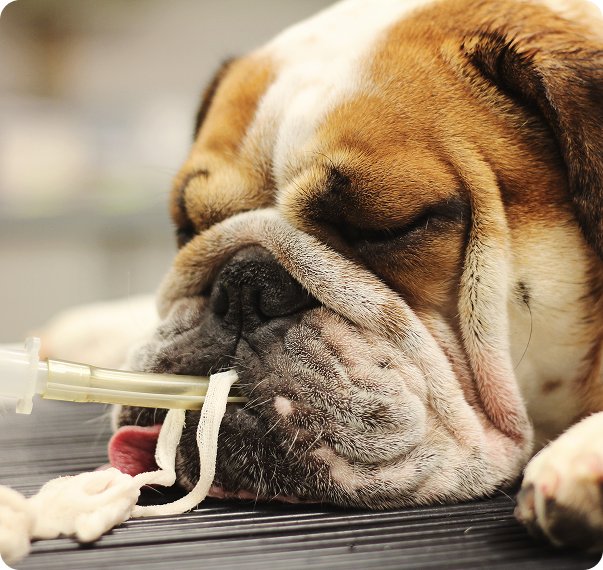
How JPS Helps Prevent Dysplasia in Dogs Hips
When it comes to juvenile pubic symphysiodesis, early detection means lifelong protection for at-risk pups!
If performed before full skeletal maturity (16-20 weeks of age), juvenile pubic symphysiodesis in dogs optimises hip joint development, ensuring better alignment and stability. It reduces the risk of hip dysplasia and arthritis, sparing your dog from pain and mobility issues later in life.
By addressing hip joint laxity early, JPS can also prevent the need for more invasive surgeries, like a total hip replacement, as your dog ages.
Stop hip dysplasia in its tracks!
What to Expect During and After Canine Hip Dysplasia Treatment
Compared to many other major orthopedic treatments, JPS dog surgery is a minimally invasive and cost-effective procedure with very little discomfort and a short recovery time.
JPS is done to modify a pup’s pelvic development to prevent irregular growth and promote a better weight-bearing structure.
It involves making a small incision in the abdomen and using an electroscalpel to create scarring in the growth plate of the floor of the pelvis. This stops bone development in the growth plate, allowing the rest of the pelvis to grow normally and provide better coverage of the balls of the hip joint.
JPS surgery has a relatively quick recovery time, meaning your dog can return to normal activities around 10 days after getting surgery.
In the long term, 80% of dogs treated early will experience a significant improvement in their hip joint health, lessening the chances of them needing further surgical interventions or painkillers. 5-10% of dogs won’t show any signs of arthritis at all.

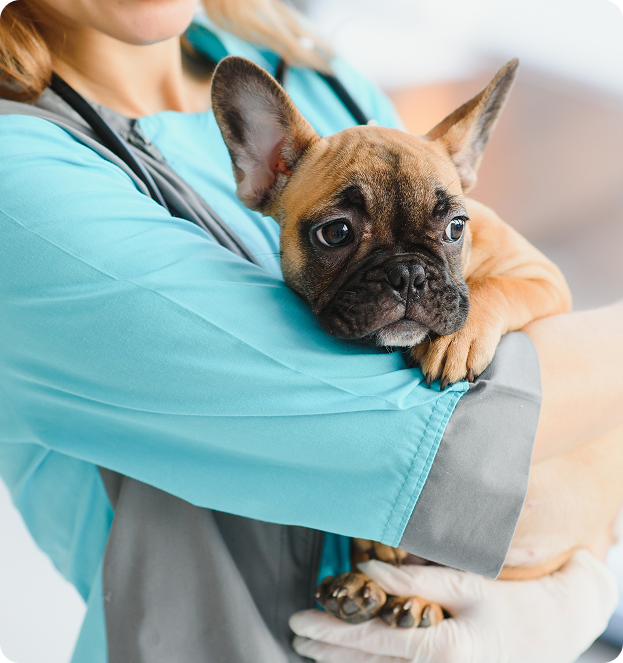
Choose Sydney Bulldog Clinic for JPS Surgery in Dogs
Providing preventative hip joint care for brachycephalic breeds
At Sydney Bulldog Clinic, we understand how vital proper hip alignment is for your dog’s long-term comfort and mobility. Early intervention reduces joint stress, prevents pain, and enhances quality of life, ensuring your pup stays active and happy for years to come.
Our highly experienced team of veterinarians is well-versed in diagnosing and treating small breeds prone to hip and joint issues. Utilising advanced imaging technologies alongside physical examinations, we can easily identify at-risk puppies and determine if surgery is the right solution.
With a compassionate approach and tailored post-operative support, we’re committed to giving your dog the best possible start for a lifetime of pain-free movement.
Juvenile pubic symphysiodesis procedures are offered at our
Sydney Animal Hospitals
Our Clinic Locations
Sydney Animal Hospitals have 7 locations across Sydney for your convenience
FAQs
What Are the First Signs of Hip Dysplasia in Dogs?
Dogs suffering the early stages of hip dysplasia often limp, swap or wobble when they walk. They will indicate weakness or pain in their hind legs and are often reluctant to get up, run or jump.
At What Age Should a Dog Get JPS Surgery for Hip Dysplasia?
You will get the best results if your dog gets surgery when they are between 16 and 20 weeks of age, while the pelvis is still growing and developing.
How Much Does Juvenile Pubic Symphysiodesis Cost?
The average cost of JPS is $800, but the exact price can vary based on location, the specific services included, and the individual needs of the puppy. Please contact Sydney Bulldog Clinic to find out more.
How Long Will It Take for My Dog to Recover From JPS Hip Surgery?
The small incision site usually only needs 5-10 days to fully heal, with 2-3 days’ worth of anti-inflammatories and pain relief often prescribed to keep your dog comfortable at home. At 10 days post-surgery, your pet should be fine to return to normal activities.
Experienced veterinary care for Brachycephalic Breeds at Sydney Bulldog Clinics
At Sydney Bulldog Clinics we provide experienced veterinary care and proactive measures, including obstructive airway corrective surgery, to ensure the well-being of your beloved pet.


